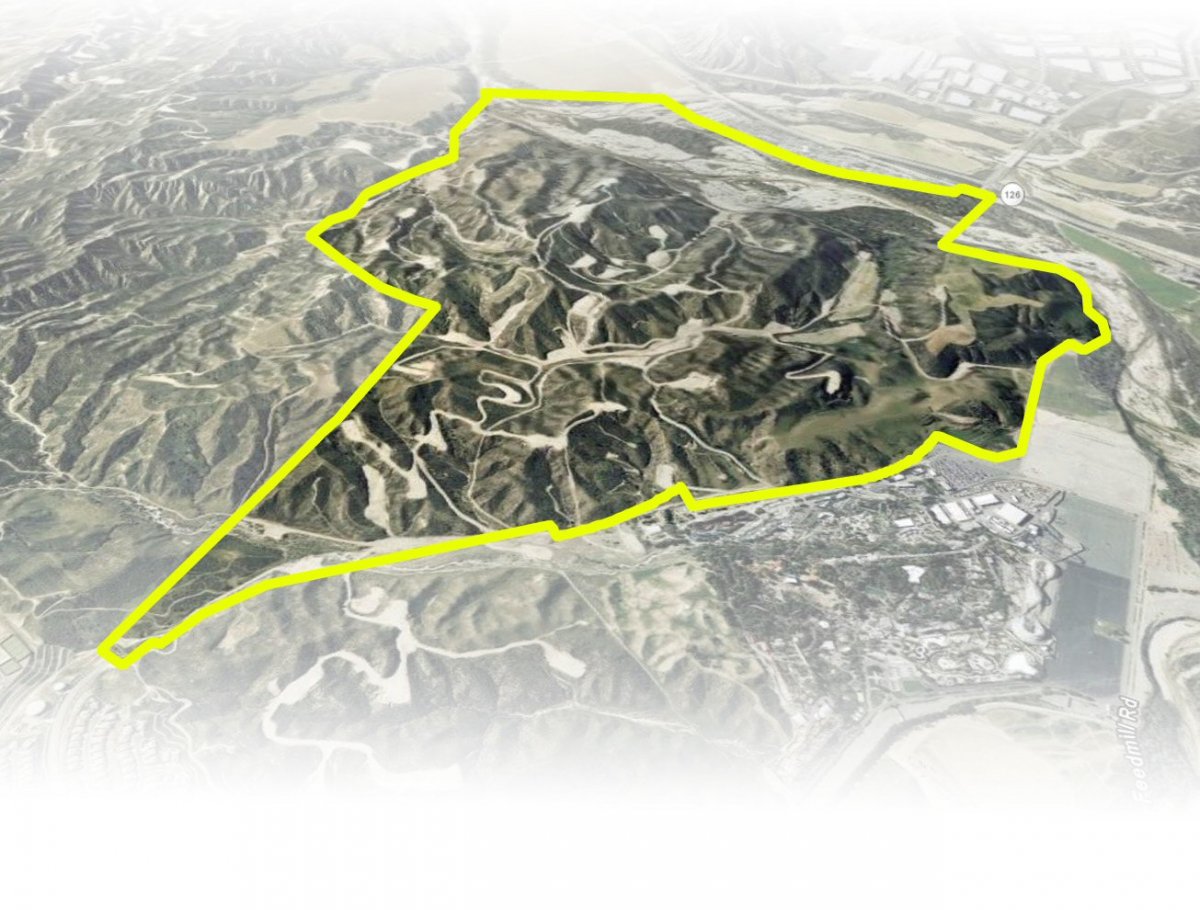July 31, 2019

Mission Tract Boundary. Curtesy of Los Angeles Department of City Planning, Environmental Impact Report (EIR)
The Sierra Club has opposed the 21,000 unit Newhall Ranch project in the Santa Clarita Valley for over two decades. We have always felt that auto oriented urban sprawl is not the answer to our housing needs and will only aggravate climate change and the need for more fossil fuel extraction. Its impacts to the Santa Clara River, Los Angeles County’s last free-flowing river, several threatened and endangered species and questions over water supply are continuing concerns. But another concern was also in the forefront – building residential units over an old oil field.
Fence line communities are on the “front line” of the extractive industries negative impacts to communities and neighborhoods. With noise and pollution right next door, the adverse impacts and injustice are visible and obvious on a daily basis.
Grading on the 4000 unit Mission tract phase of Newhall Ranch began last year in spite of continued community opposition. As Newhall Land/Lennar/ Fivepoint proceeds with moving 35 million cubic yards of soil, removing mountain tops, filling valleys and making the visual signs of this oil field’s many well pads disappear, will the potential impacts disappear too?
There are several causes for concern. It is well-known that volatile organic compounds (VOCs) in the ground can seep up into residences, polluting the indoor air quality with carcinogenic fumes. This is what happened at Love Canal and why the Dept. of Toxic Substance Control (DTSC) has said that some areas of the Whittier Bermite facility, another brownfield in Santa Clarita, will never be suitable for residential development.
While recorded oil wells were supposedly properly destroyed by pouring concrete into the shafts and the well pads have been certified by Regional Water Quality Control Board to have been cleaned, some of us continue to wonder if the property will be free of gases. Afterall, drilling in this oil field first began in 1928. Were all wells recorded? Were all records kept and maintained? Maybe not. What are the safety checks for new housing? Oil wells extend to as much as 6000 feet in depth. Were the shafts all properly filled? How would anyone know after all that massive grading whether additional wells were discovered and properly destroyed? Will there be air monitors to ensure that housing is not being affected by off-gassing?
Another insidious aspect of building on an oil field that exists at Mission Village is that Newhall Land has retained the mineral rights. New homeowners will not own the right to oppose extraction under their houses or in their neighborhoods if the owner chose to drill. There is no condition in the project approval that prohibits such an action. With new slant drilling techniques and oil wells right in the middle of communities in other areas throughout the Southland, what would keep such an event from happening here? Will potential buyers read their title documents carefully enough to understand this? Probably not.
As the Club and other climate activists continue to oppose extractive industries near communities and demand environmental justice for those neighborhoods, conversion of old oil fields and other brown fields to housing is one more aspect of oil extraction and its effect on our communities that must be watched.